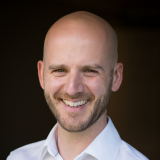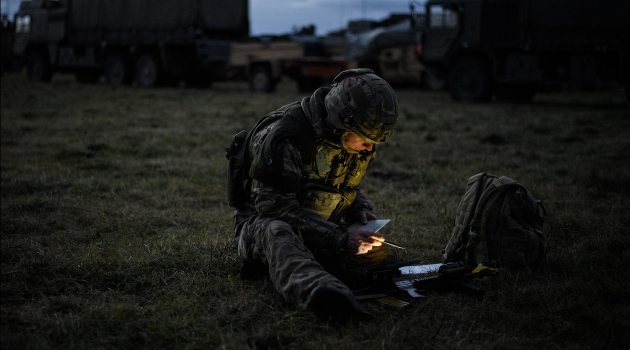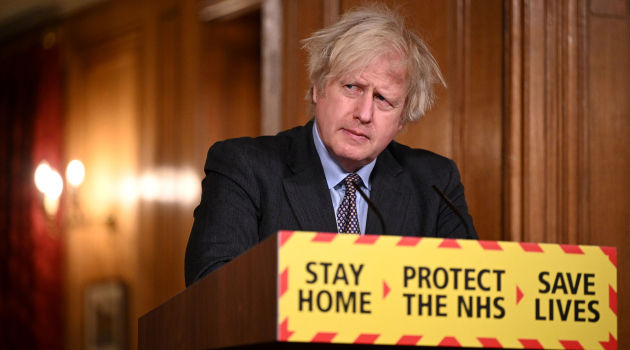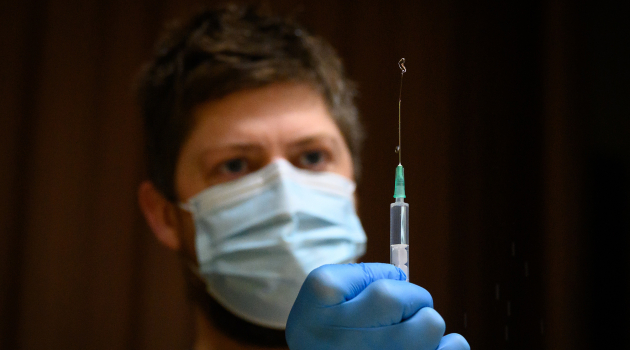How did you get into news photography?
It was really down to my dad. When I was 13, he bought me a second-hand SLR, so I’d head out and photograph my friends playing football and roaming the streets. Then I discovered drums and spent ten years in bands, even playing Glastonbury three times, although I never managed to get anywhere near the main stage. When I finally realised my drumming days were over, I returned to my first love and did the NCTJ photojournalism course in Sheffield, where I won The Times/Tabasco Young Photographer of the Year scholarship. That led not just to my Twitter name (@tabascokid) but also to a two-year stint on the newspaper, working around some of the best photographers in the business – it was one hell of a way to learn fast. From there, I freelanced for several agencies before joining AFP as a staff photographer in 2007, and I moved to Getty Images’ editorial news team in 2016.
At AFP we covered lots of subjects, from hard news to sports, entertainment, fashion and the royals – and anything else they threw at us. Getty is a bit different, more compartmentalised, with separate specialist teams for news, sports and entertainment. I’m one of four news staff photographers in the UK. My focus is on breaking news, politics and longer-term features, so I can go a bit more in-depth. But while the dividing lines are there, they’re not an absolute. I’ve just been approved for Getty’s Tokyo Olympics team as a news photographer, doing both sports and features – providing it goes ahead!







